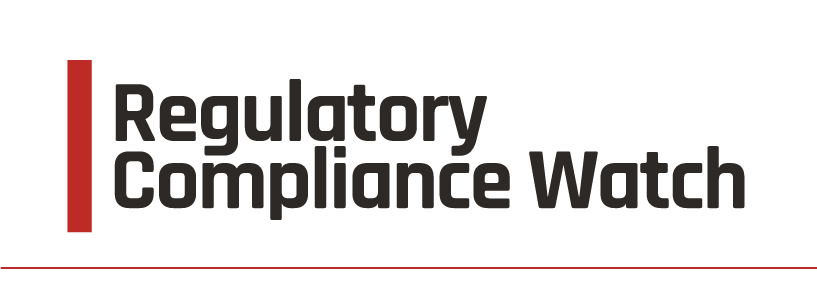To view this content, you need to sign in.
You should only be asked to sign in once. Not the case? Click here
Register now to access this content and more for free.
Here’s a rundown on what it entails for those registered fund advisers that invest in derivatives
You should only be asked to sign in once. Not the case? Click here
Register now to access this content and more for free.


Copyright PEI Media
Not for publication, email or dissemination